
Sant’Agostino, memorial to Cardinal Giuseppe Ranato Imperiali, by Paolo Posi (design) and Pietro Bracci (statuary), 1741
There’s a romance to Catholicism that I envied growing up—services attended with Protestant grandparents provided none of the splashy aesthetics Catholicism is so famous for. We certainly weren’t graced with sculptures of super-vigorous skeletons—specifically, skeletons that aren’t letting their lack of skin and organs prevent them from leading active, productive afterlives. Skeletons with joie de décès, if you will.
These Roman skeleton sculptures (documented by Catholic death ritual hobbyist, Elizabeth Harper) exhibit an expressiveness not expected from bones of stone. Harper’s subjects hoist the doors to their own tombs, brandish banners and portraits, and even genuflect before the dead. Congregants are reminded of their own mortality, but the morbid stigma of the skeleton is eclipsed by the dynamic, lush beauty of the sculptures.
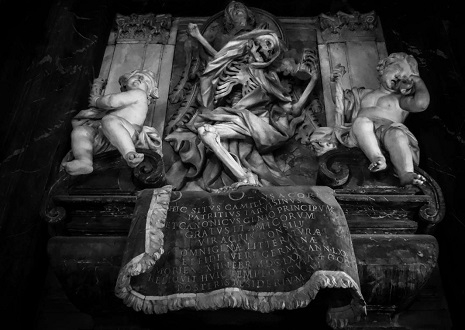
Gesù e Maria, memorial to Camillo del Corno by Domenico Guidi, 1682

San Francesco d’Assisi a Ripa Grande, memorial to Maria Camilla and Giovanni Battista Rospigliosi, skeleton by Michele Garofolino, 1713
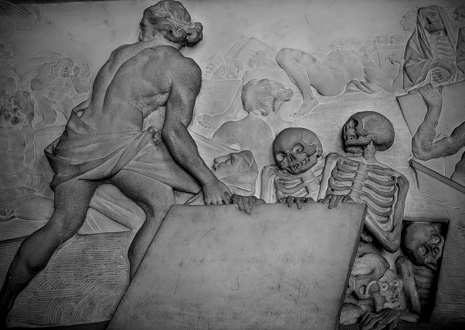
San Pietro in Montorio: Detail of the relief carved on the tomb of Girolamo Raimondi by Niccolo Sale, chapel designed by Gian Lorenzo Bernini, 1640

San Pietro in Vincoli, memorial to Cardinal Cinzio Aldobrandini by Carlo Bizzaccheri, died 1610
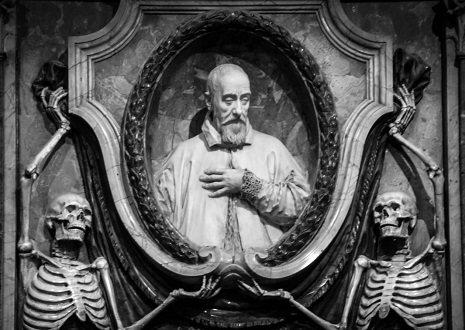
San Pietro in Vincoli, memorial to Cardinal Mariano Pietro Vecchiarelli, died 1639
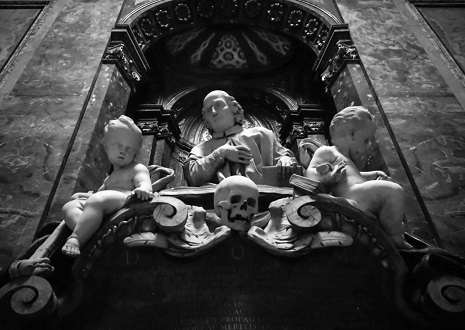
Sant’Eustachio, memorial to Silvio Cavallieri, 1717
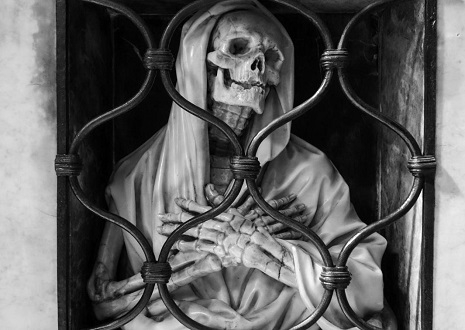
Santa Maria del Popolo, tomb of Giovanni Battista Gisleni, made for himself prior to his death in 1672

Santa Maria del Popolo, tomb of Princess Maria Eleonora Boncompagni Ludovisi, died 1745

Detail of the façade of Santa Maria dell’Orazione e Morte, designed by Ferdinando Fuga, 1738. The inscription on the scroll reads, “Today me, tomorrow you.”
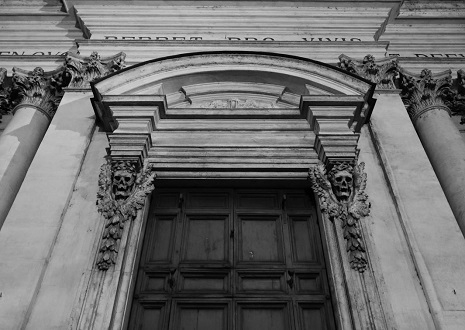
Façade of Santa Maria dell’Orazione e Morte, designed by Ferdinando Fuga, 1738
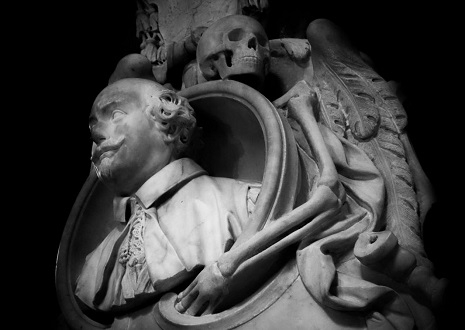
Santa Maria sopra Minerva, memorial to Carlo Emanuele Vizzani, by Domenico Guidi, 1661
Via Atlas Obscura